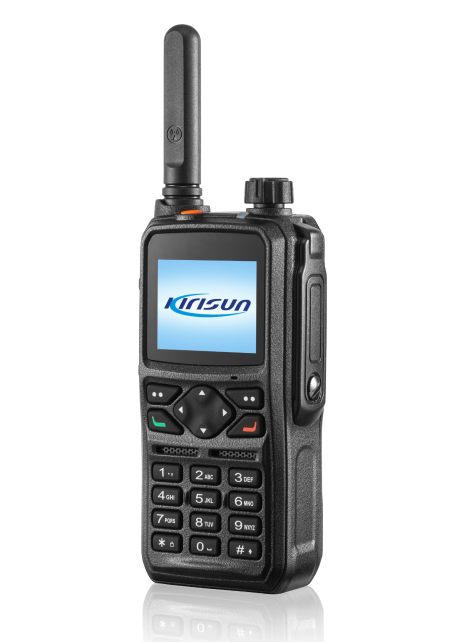IP Rating in
Communication |
Ingress Protection
What is IP Rating or Ingress Protection?
IP Rating or Ingress Protection is a standard used to define levels of sealing effectiveness of electrical enclosures against intrusion from foreign bodies (tools, dirt, etc.) and moisture. These ratings are determined by specific tests, and the code is typically in the format of “IP” followed by two digits.
The first digit indicates the level of protection that the enclosure provides against access to hazardous parts and the penetration of solid foreign objects. On the other hand, the second digit indicates the protection of the equipment inside the enclosure against harmful ingress of water.
Depending on the industry or application, different levels of IP ratings may be required to ensure adequate protection for sensitive equipment.
Importance of IP Rating in Communication Devices
A high IP rating is particularly crucial for communication devices used in fields such as emergency response, construction, and military, where equipment reliability can directly impact safety and mission success. Furthermore, in day-to-day use, a higher IP rating canextend the lifespan of our devices by protecting them from common hazards like water spills or dust accumulation.
Therefore, understanding the IP rating is pivotal when choosing communication devices for both professional and personal use.
Our products have the best protection

What do the IP Rating numbers mean?
- 0 – Not Protected
- 1 – Protected from solid bodies of more than 50 mm in diameter
- 2 – Protected from solid bodies of more than 12 mm in diameter
- 3 – Protected from solid bodies over 2.5 mm in diameter
- 4 – Protected from solid bodies of more than 1 mm in diameter
- 5 – Protected against dust penetration
- 6 – Completely dust-tight
The second number, on the other hand, completes the IP degree of protection. This indicates the protection of the equipment inside against harmful effects due to water penetration. This number is graduated from 0 to 8 and as the value increases, so does the degree of protection. Within this range, these are the values of this measure:
- 0 – Not Protected
- 1- Protected against vertically falling water drops
- 2 – Protected against falling drops up to an inclination of 15°.
- 3 – Protected against fine rain (sprayed droplets)
- 4 – Protected against water projections
- 5 – Protected from water jets
- 6 – Protected from strong water jets
- 7 – Protected by immersion
- 8 – Protected against prolonged inversion
In that sense, we can infer that the lowest degree of protection is IP00 and the highest is IP68. If you want to know more about this type of protection, with official information, visit the illustrated guide provided by the International Electrotechnical Commission.
The most common IP Rating
The most common IP Rating is IP65, although we know that it is not the highest protection factor. Of course, we know that this varies depending on the device in question. A normal value for smartphones is IP55 (although some have already reached IP67). On the other hand, for communication devices, in the case of the GP 700, it has an IP Rating of IP68, which is one of the highest.
IP rating is used for defining the degree of protection provided by mechanical casings and electrical enclosures against intrusion, dust, accidental contact, and water. This standard is crucial for determining how well a device can withstand environmental factors.
For example, the IP rating is particularly important in the manufacturing of outdoor equipment, where exposure to rain and dust is prevalent. In the automotive industry, an appropriate IP rating ensures that components, such as headlights and sensors, are resistant to water penetration and road debris. Additionally, in consumer electronics, a higher IP rating assures users that their gadgets, like smartphones and smartwatches, can survive accidental splashes or brief submersion in water.
More about GP 700 Two-Way Radio

Other ways to determine the degree of protection
These additional letters (A, B, C, or D), which can be added to the IP code, provide information on the accessibility of certain objects or parts of the body to hazardous parts inside the enclosure.

